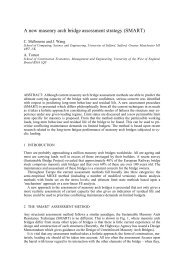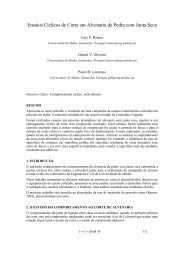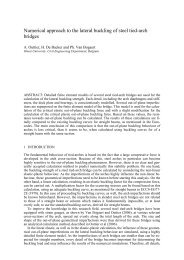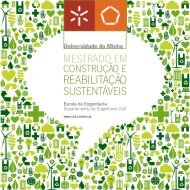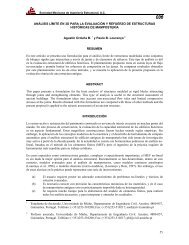Sustainable Construction A Life Cycle Approach in Engineering
Sustainable Construction A Life Cycle Approach in Engineering
Sustainable Construction A Life Cycle Approach in Engineering
You also want an ePaper? Increase the reach of your titles
YUMPU automatically turns print PDFs into web optimized ePapers that Google loves.
<strong>in</strong>g to be burnt or sent to a disposal site. The plot of land can be returned to nature without any<br />
fear of contam<strong>in</strong>ation or residual waste.( Sobek.2005)<br />
2.3 Material selection pr<strong>in</strong>ciples<br />
Around 50% of all global resources go <strong>in</strong>to the construction <strong>in</strong>dustry, with a specific example<br />
be<strong>in</strong>g that 70% of all timber is used for build<strong>in</strong>g.( Hyett 2001) It is therefore very important<br />
that a susta<strong>in</strong>able approach to choos<strong>in</strong>g and us<strong>in</strong>g materials is adopted, <strong>in</strong> order that the <strong>in</strong>dustry<br />
can meet the target of, '...provid<strong>in</strong>g for people of today and not endanger<strong>in</strong>g the generations<br />
of tomorrow...'.<br />
The environmental and economic benefits of susta<strong>in</strong>ability are <strong>in</strong>herently l<strong>in</strong>ked when consider<strong>in</strong>g<br />
build<strong>in</strong>g materials, due to the long-term f<strong>in</strong>ancial advantages of recycl<strong>in</strong>g, us<strong>in</strong>g recycled<br />
products and sourc<strong>in</strong>g heavy materials locally.<br />
The 20th century has seen remarkable developments <strong>in</strong> material technology and the two dozen<br />
materials which were used by Victorian forebears has been replaced by anyth<strong>in</strong>g between<br />
40000 and 80000 different materials.(Asby,2003)<br />
Whereas two dozen materials of 19th century would be used to meet all known applications<br />
builders and eng<strong>in</strong>eers have to be wilder<strong>in</strong>g array to choose from. In general construction does<br />
not use high –technology materials, but a larger range of materials are now available than ever<br />
before. (Gmoriconi,2004). For example UK construction consumes someth<strong>in</strong>g over 400 million<br />
tonnes of material per annum, and the total value of UK construction materials is 20 billion<br />
pounds. This <strong>in</strong>cludes new built and repairs and refurbishment. (Gmoriconi,2004)<br />
Concrete is one of the most widely used construction materials <strong>in</strong> the world. However, the production<br />
of porland cement, an essencitial constituent of concrete, leads to the release of significant<br />
amount of CO2, a green house gas ; one ton of porland cement cl<strong>in</strong>ker production is said to<br />
creates approximately one ton of CO2 and other green house gases. (GHGs) (<br />
Sturges,2006)<br />
A variety of decision-aid<strong>in</strong>g tools exist, which can help to evaluate the environmental cost of a<br />
manufactured product <strong>in</strong> the context of social and economic benefit. These <strong>in</strong>clude <strong>Life</strong>-<strong>Cycle</strong><br />
Assessment, Eco-Labell<strong>in</strong>g and Embodied Energy Audits, all of which could help when choos<strong>in</strong>g<br />
materials and suppliers to assess the balance between short-term costs and long-term environmental,<br />
social and f<strong>in</strong>ancial benefits.<br />
Materials Efficiency<br />
Select susta<strong>in</strong>able construction materials and products by evaluat<strong>in</strong>g several characteristics<br />
such as reused and recycled content, zero or low off-gass<strong>in</strong>g of harmful air<br />
emissions, zero or low toxicity, susta<strong>in</strong>ably harvested materials, high recyclability, durability,<br />
longevity, and local production.<br />
Use dimensional plann<strong>in</strong>g and other material efficiency strategies. These strategies<br />
reduce the amount of build<strong>in</strong>g materials needed and cut construction costs<br />
Reuse and recycle construction and demolition materials.<br />
Require plans for manag<strong>in</strong>g materials through deconstruction, demolition, and construction.<br />
Design with adequate space to facilitate recycl<strong>in</strong>g collection and to <strong>in</strong>corporate a solid<br />
waste management program that prevents waste generation.( Davoudi 2001)<br />
2.4. Water efficiency pr<strong>in</strong>ciples<br />
Design for dual plumb<strong>in</strong>g to use recycled water for toilet flush<strong>in</strong>g or a gray water<br />
system that recovers ra<strong>in</strong>water or other nonpotable water for site irrigation.<br />
M<strong>in</strong>imize wastewater by us<strong>in</strong>g ultra low-flush toilets, low-flow shower heads, and<br />
other water-conserv<strong>in</strong>g fixtures.<br />
Use recirculat<strong>in</strong>g systems for centralized hot water distribution.<br />
Install po<strong>in</strong>t-of-use water heat<strong>in</strong>g systems for more distant locations.<br />
36


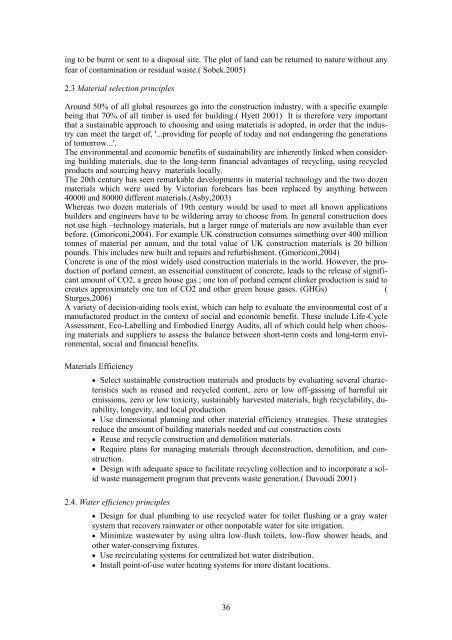
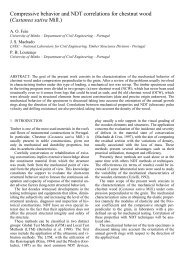
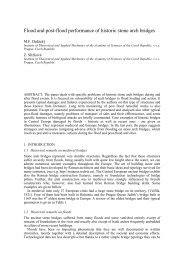
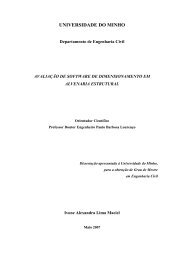
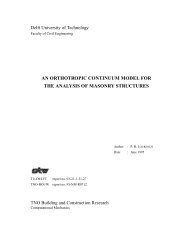

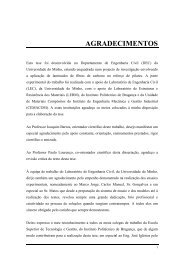

![Weibull [Compatibility Mode]](https://img.yumpu.com/48296360/1/190x134/weibull-compatibility-mode.jpg?quality=85)

